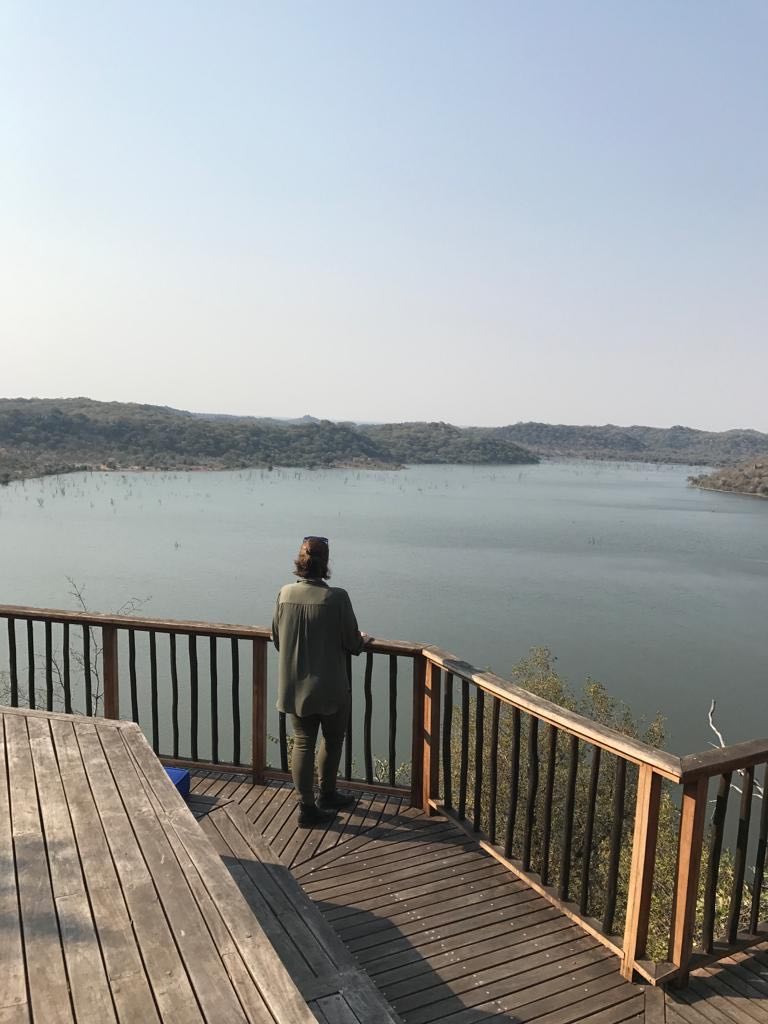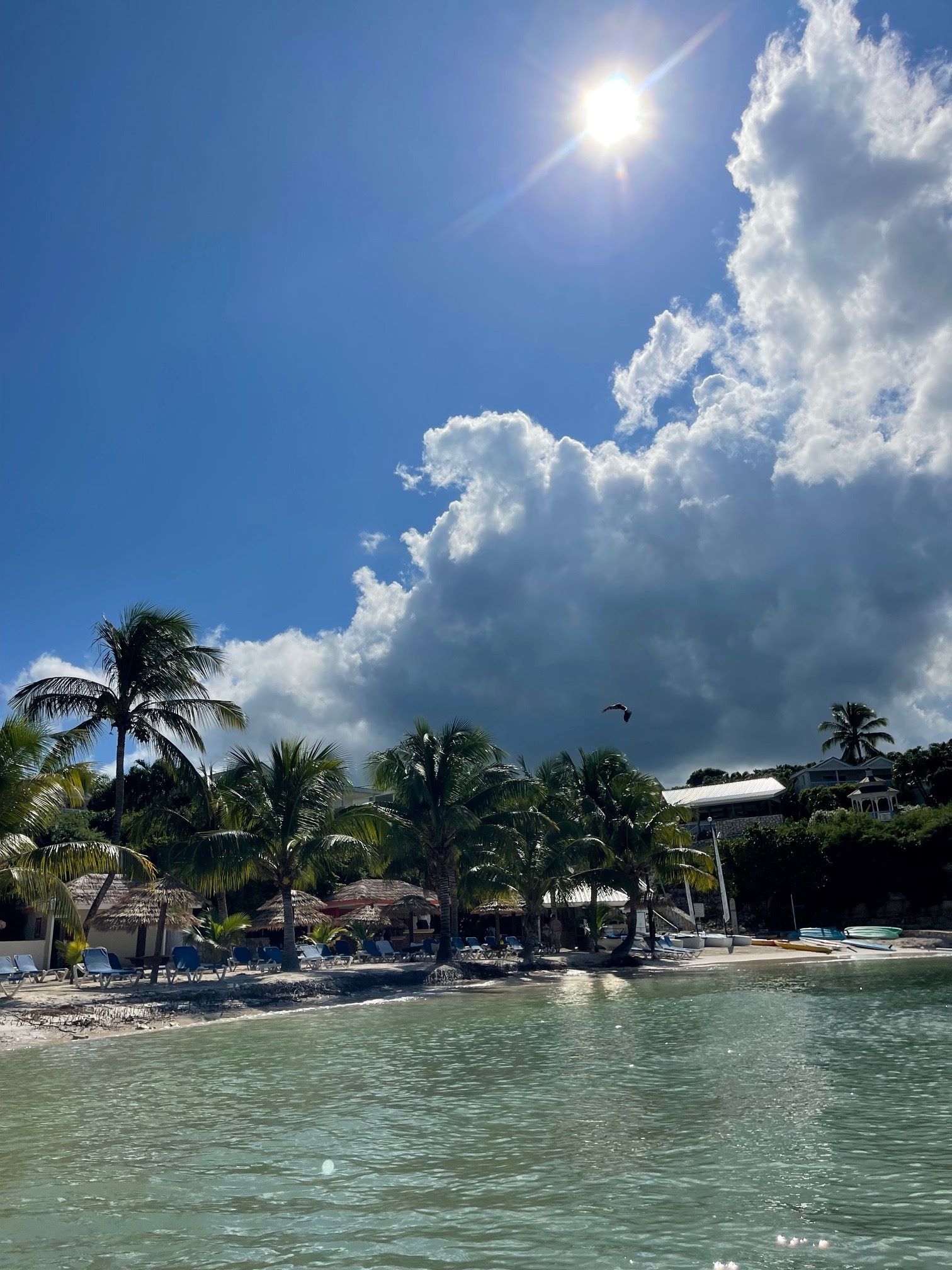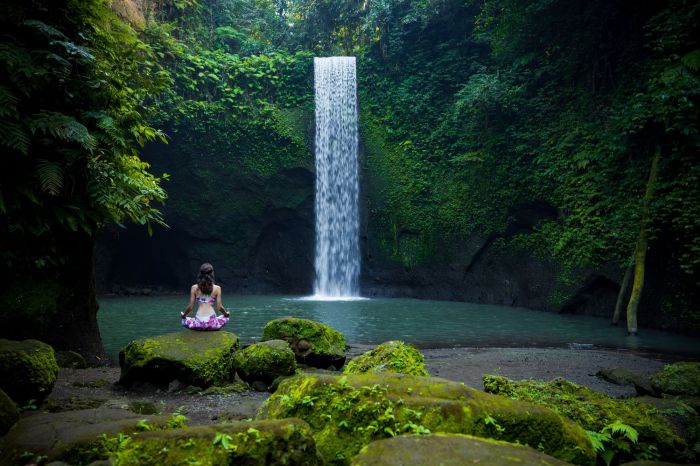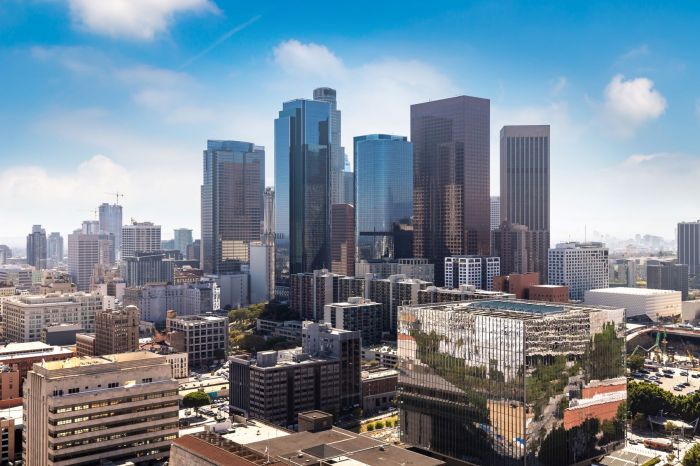Ellerman House, a small private hotel situated above the Atlantic Ocean in Bantry Bay, is set apart from other properties along this spectacular stretch of Cape Town’s coastline thanks to a luxury of space. The scope of its extensive gardens often takes first-time visitors by surprise. Built in 1906, the original Cape Edwardian mansion, its outbuildings and gardens are well over a century old and great care has been taken over the years to preserve and maintain the heritage of this unique property.
Sir John Ellerman, one of the previous owners of Ellerman House, was a naturalist with a keen interest in South African fauna and flora. He initially chose to develop an English country garden on the site before introducing hardier indigenous species over the years that were more suited to the local climate. Today, the one-and-a-half-acre landscaped gardens have been transformed into an indigenous paradise that strives to provide a common language or link between the original, classically styled main hotel and the highly contemporary buildings that house the Spa and Villa One, and Ellerman House Wine Gallery and Villa Two – the most recent additions to the property.
When the decision was taken by the present owners to landscape the gardens exclusively with indigenous species, they looked to Kirstenbosch National Botanical Gardens in Cape Town for inspiration, advice and plants. The result is a wonderful showcase of iconic South African species from all over the country, with special emphasis on the Cape Floral Kingdom, all complementing the impressive architectural features. Iconic plants, synonymous with other regions of South Africa, include statuesque aloes (typical of the Eastern Cape) and succulents from the Karoo.
On the sea-facing side of the property a series of terraced lawns, edged with aromatic Cape fynbos, provide spectacular ocean views. Sheltered from the prevailing Southeaster wind that blows in summer, the gardens and swimming pool are idyllic private spaces in which to relax and enjoy all that the hotel has to offer. Pincushions, proteas, ericas, reed-like restios, scented pelargonium, salvias and buchus are typical of this part of the garden. In front of the restaurant’s terrace, vibrant lion’s tail and strelitzias make a colourful show and also attract birds.
Creating a spatial link between the main house and the contemporary buildings, a series of ponds and terraced flower beds follow natural curves to counterbalance the angular spaces and strong lines of the surrounding buildings. Winding paths of rough-hewn granite slabs, inter-planted with fragrant ground cover, lead between bold graphic plantings that provide bursts of bright colour throughout the year. Granite boulders, so typical of the lower slopes of Lion’s Head, appear to rise out of the garden and create striking visual focus.The gardens are maintained with minimal irrigation and the use of organic fertilisers. The major benefit of having indigenous species is that these plants are well suited to the Cape’s hot, dry summers and are therefore extremely water wise.
The gardens are at their prettiest in spring when many of the species are in flower, while in summer late-flowering proteas create a dramatic display against the backdrop of the ocean.A unique aspect of Ellerman House is its vast collection of South African art displayed throughout the property. The collection encompasses an intriguing cross-section of genres representing a 100 years of the country’s culture and sociopolitical history. The gardens play an important role in providing outdoor gallery space for sculptures that form part of the contemporary collection.














